one for the record books
VIX Index, 1990-2020
Coronavirus panic brought stunning volatility to markets in March, with the largest-ever average daily move of any month in S&P 500 history pushing the VIX index to its highest close ever, eclipsing even the worst of the 2008 Financial Crisis. The volatility was not all on the downside either: after suffering its worst 20-day return in history into the low on March 23, the S&P 500 recorded its best 3-day return ever toward the end of the month. When it was all said and done, stocks had skidded to their worst first quarter in history.
a pillar of strength as markets crumble
True to their “risk-responsive” nature, TCM strategies all recorded very strong results after profiting during the market’s dramatic decline and subsequent bounce. Profitable on nearly 80% of days in March, Alpha Seeker (+11.2%) recorded its best overall month in six years and its best month relative to the S&P 500 since 2012, while the massive outperformance of VIX products relative to the decline in equities boosted Smart Index (+19.5%) and Legacy Navigator (+8.2%) to their best months since inception.
As of March 2020, TCM strategies are not only standouts in a brutal year, but are each ahead of their respective benchmarks with lower volatility over every annual time frame since inception (1-year, 2-year, 3-year, etc). This is no small accomplishment, and a testament to the power of risk control.
Rolling returns as of March 2020. 2- and 3-year returns are annualized. Alpha Seeker and Smart Index net of 1% management fee.
OUR crystal ball
We make no attempt to predict the future- we let the VIX do the predicting and then follow along. Right now, its message is clear: the virus shock is massive, and markets will need time to stabilize. With VIX contracts still holding at crisis levels even several months in the future, it appears that those conditioned to expect a “V” bounce for equities could be in for months of frustration.




